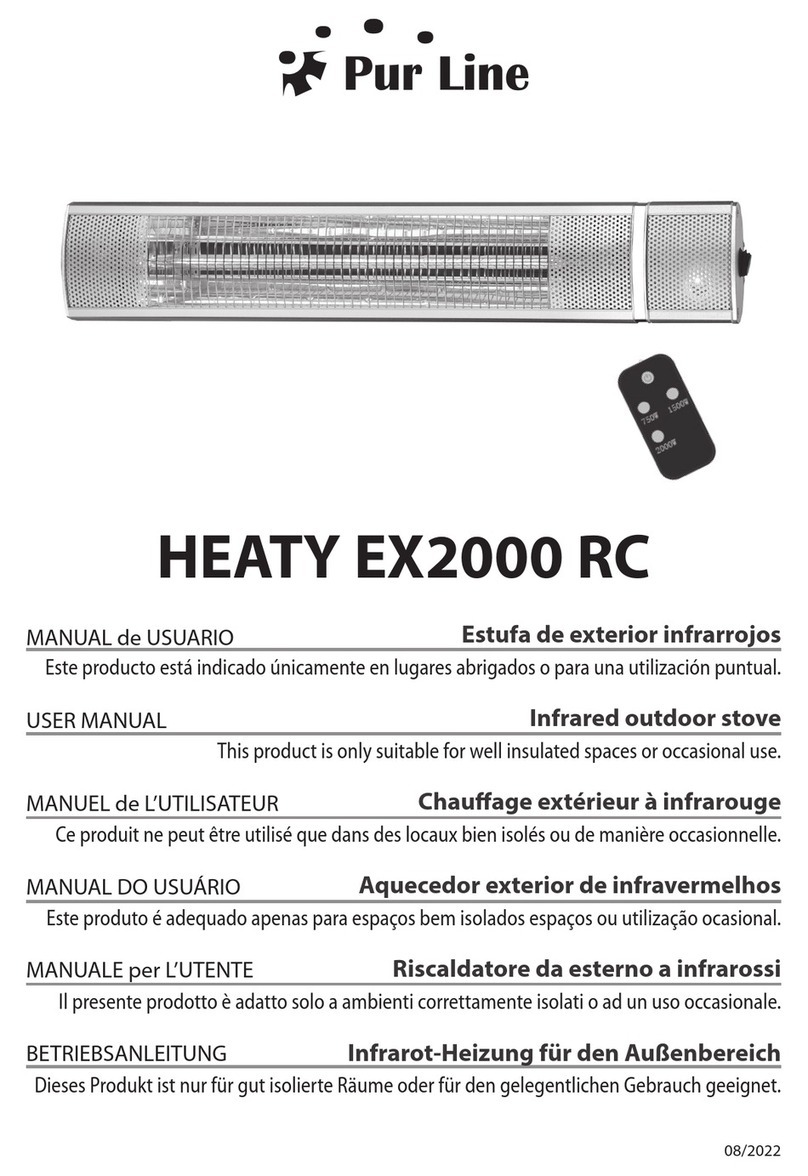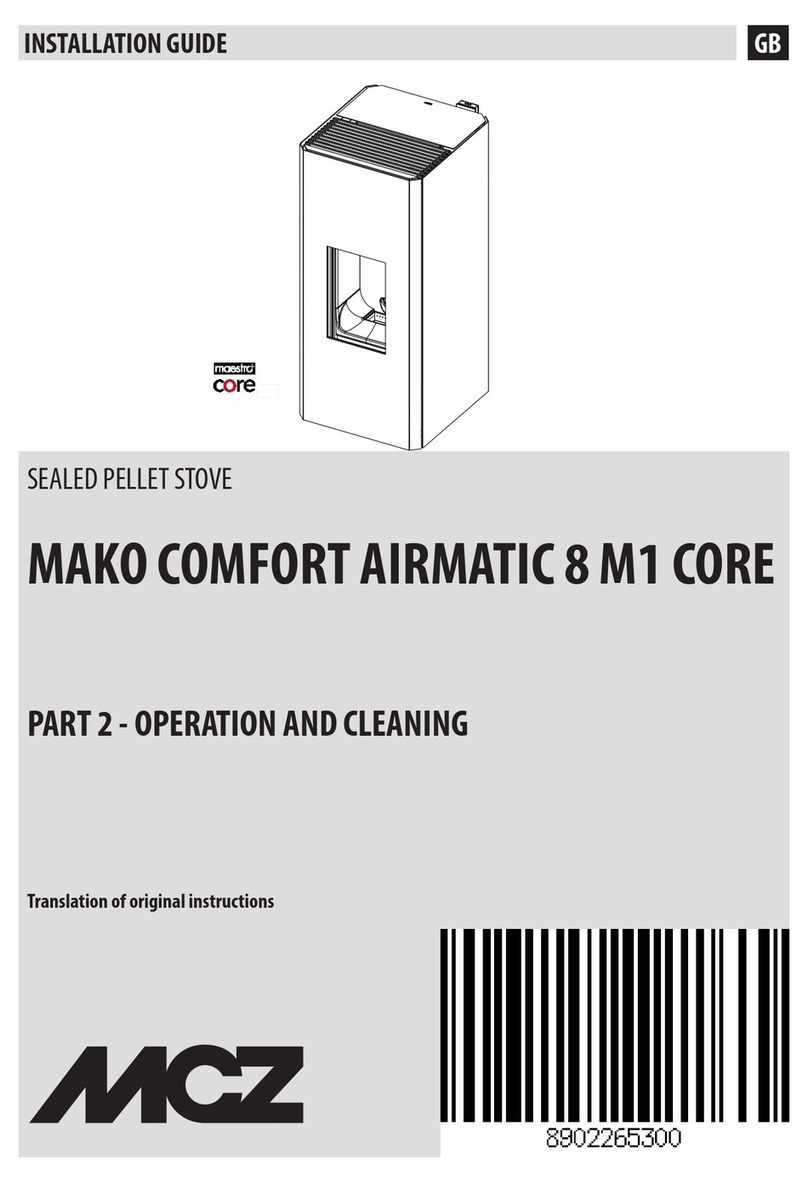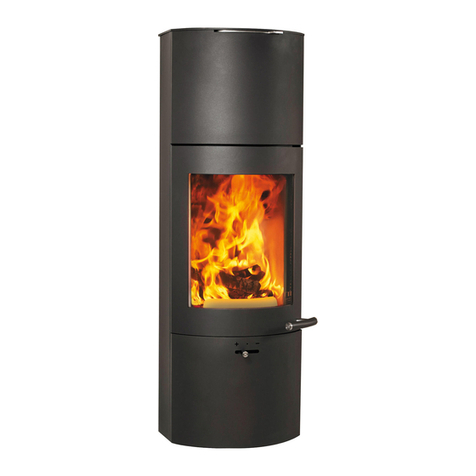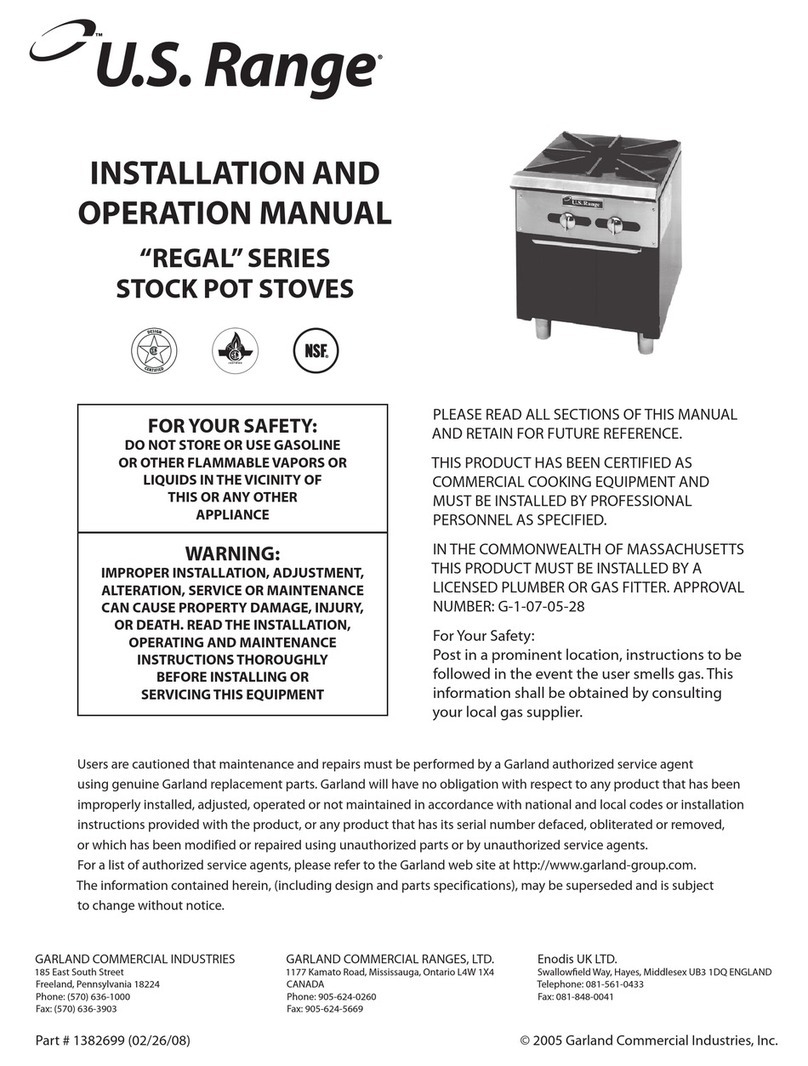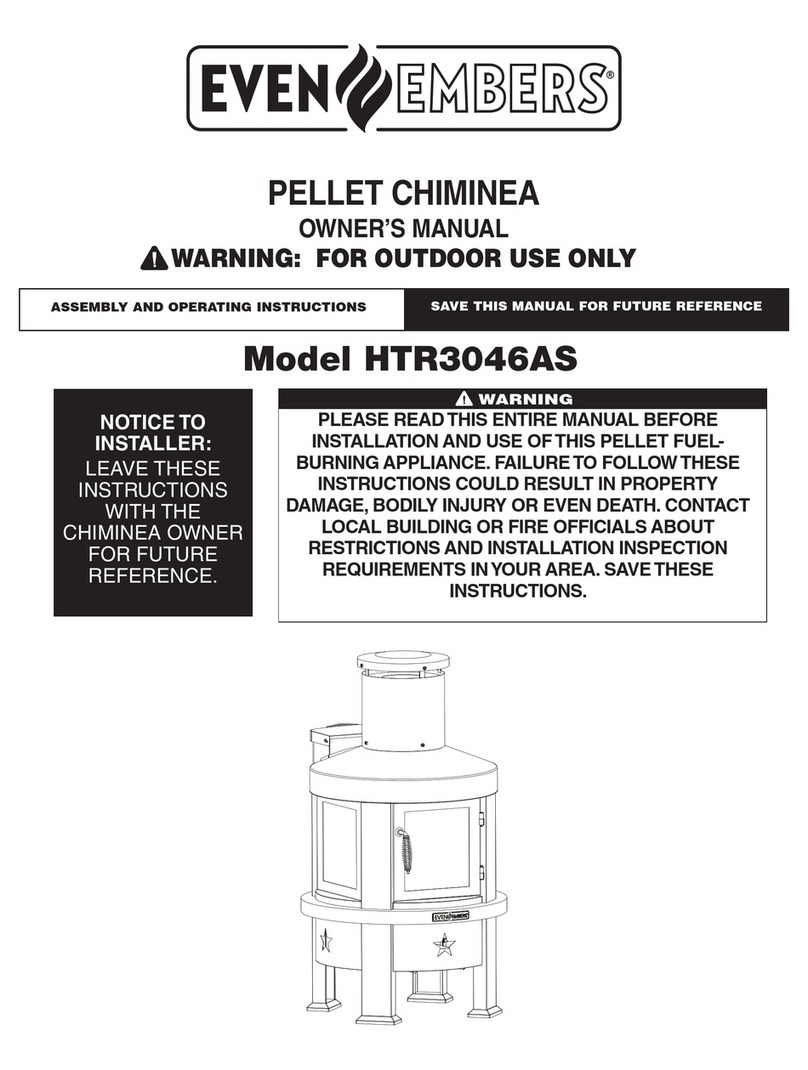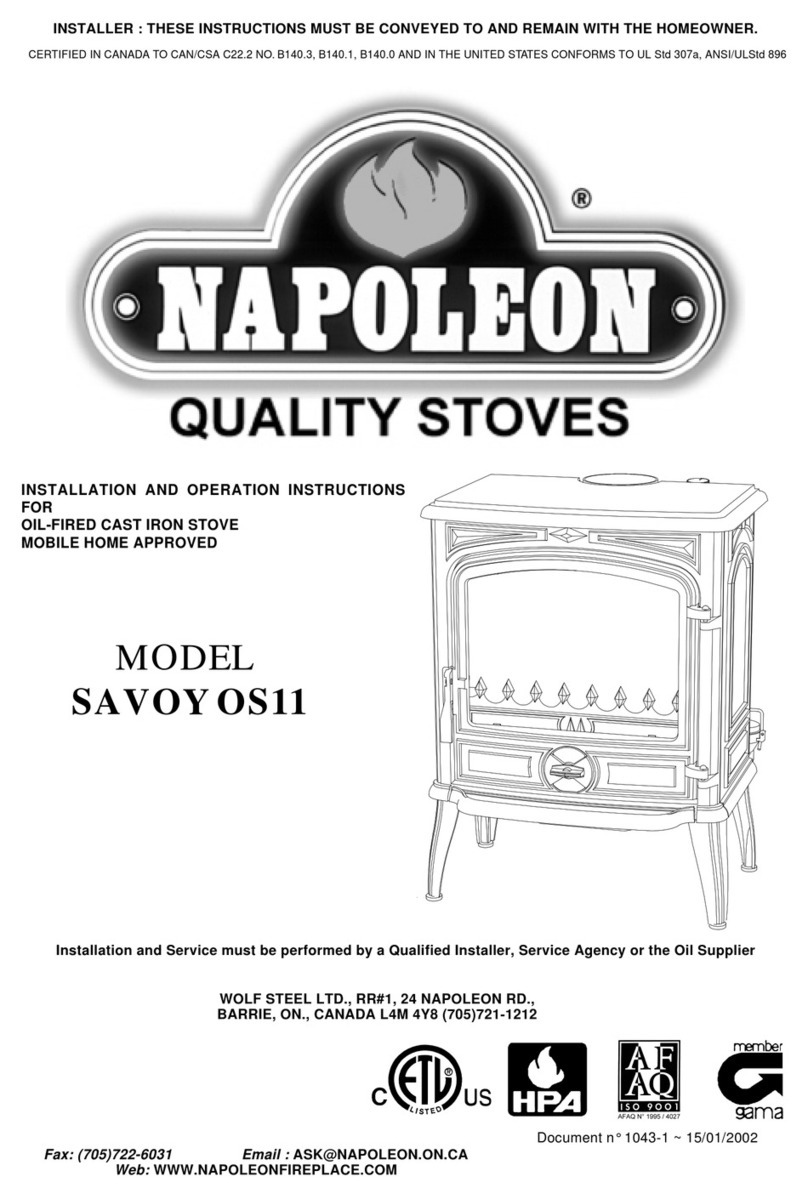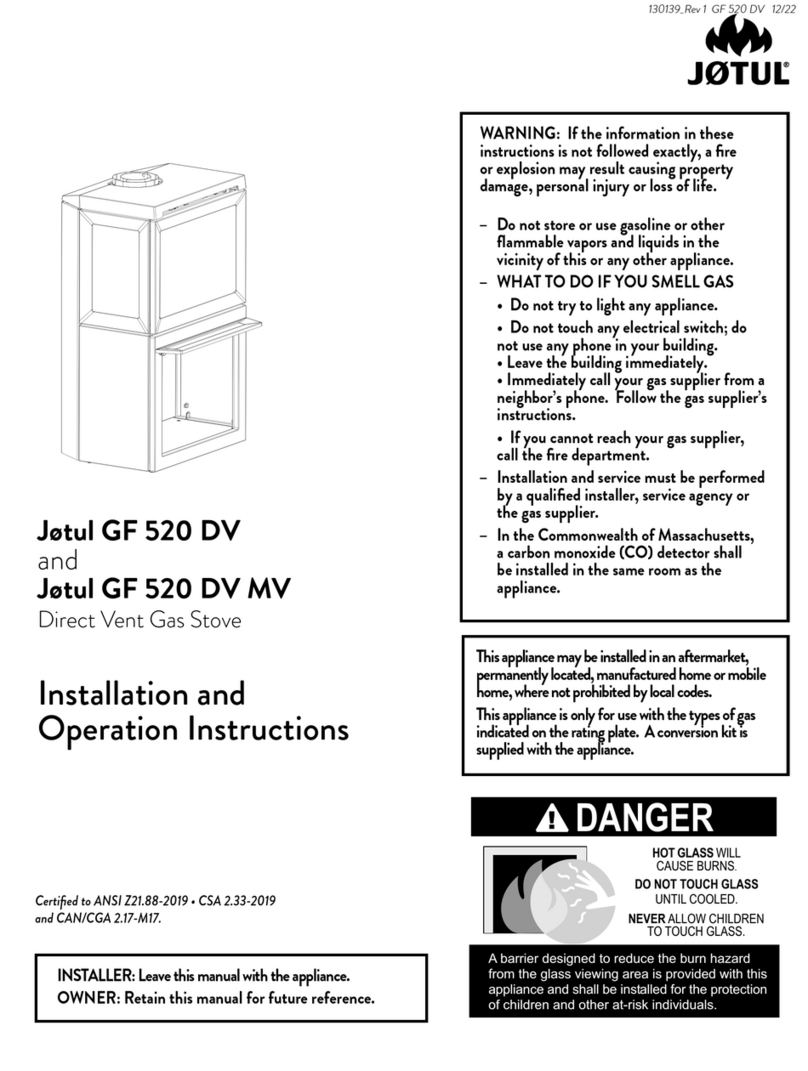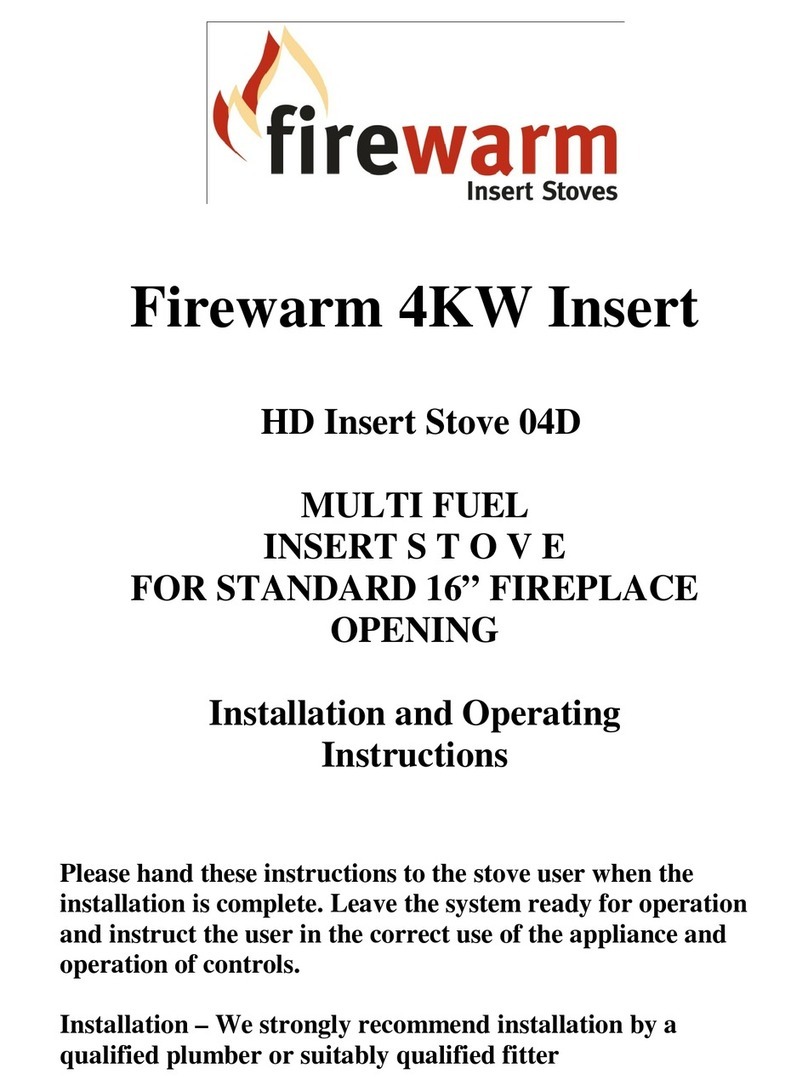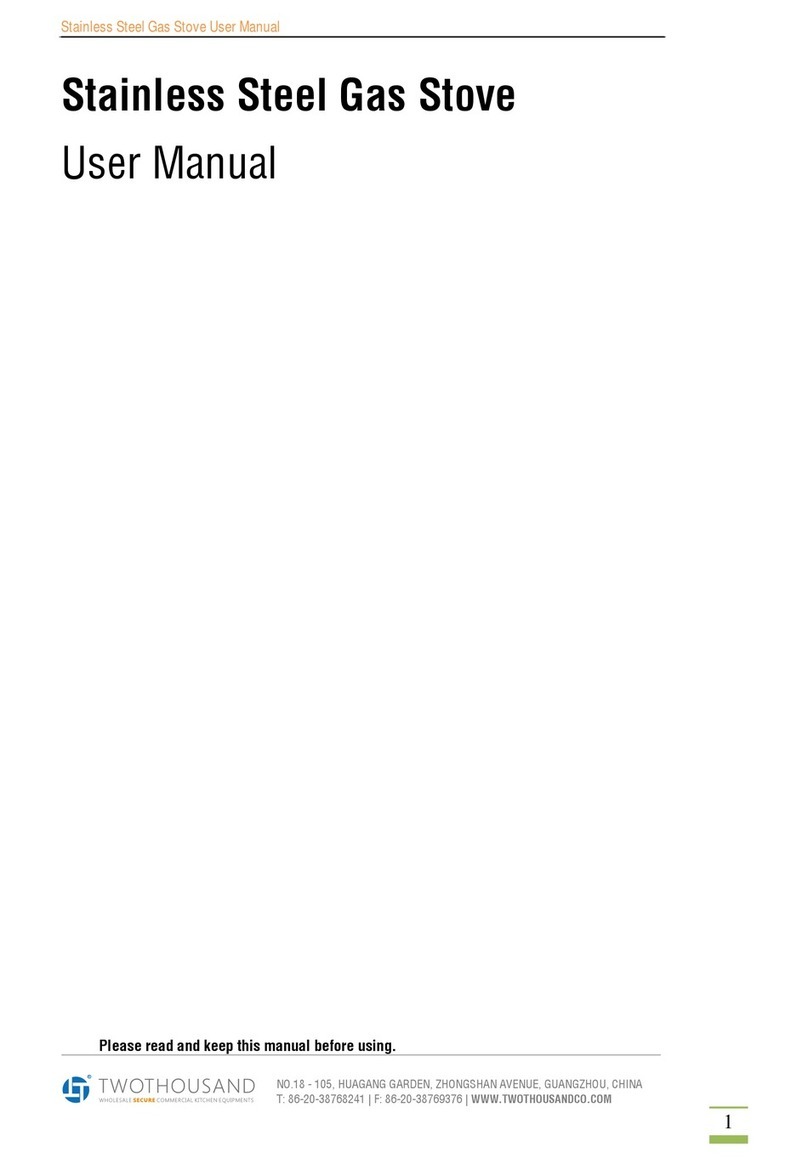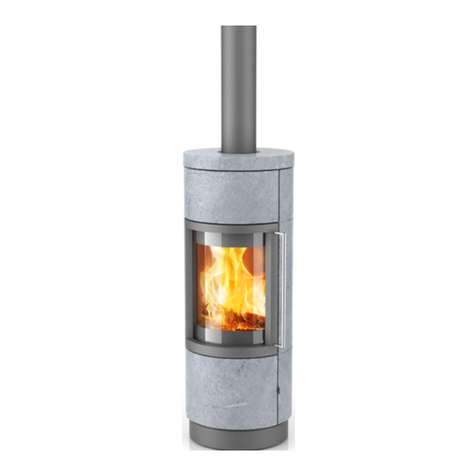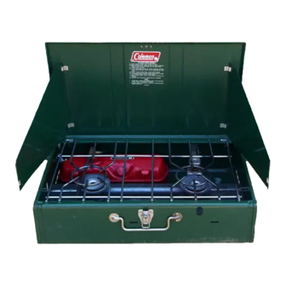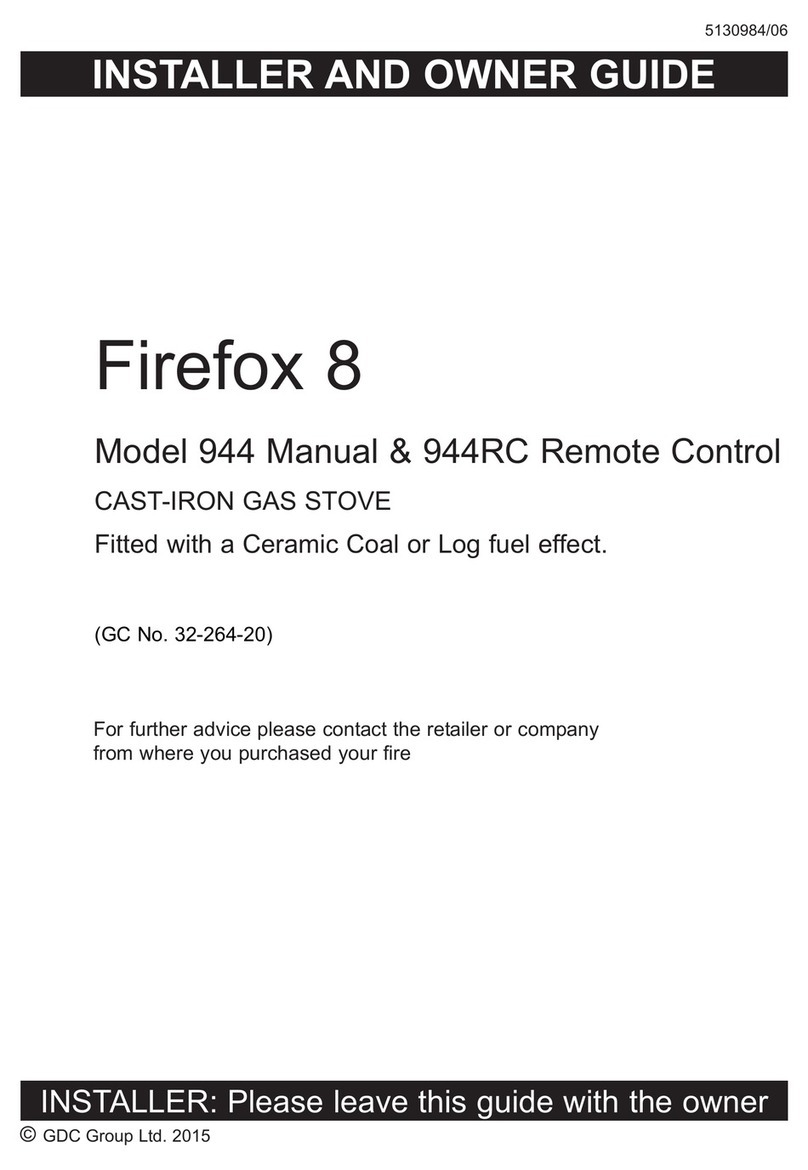
- ight the appliance. Set at the “HIGH” position and leave for one minute.
-Turn back to “OFF” to extinguish the pilot. Note the time when the pilot goes out.
isten for a snap sound at the gas tap. Note the time when the sound is heard.
This sound is caused by an electromagnetic valve shutting off the gas supply through
the tap. The valve is located in the body of the tap. The valve should operate within
60 seconds of the pilot going out. If the valve does not operate within this time limit
do not allow the appliance to be used until the fault has been corrected.
This monitoring system must not be adjusted, bypassed or put out of
operation.
This monitoring system, or any of its parts, must only be exchanged using
Valor Fires authorised parts.
7. FINAL REVIEW AND SERVICING
Final Review.
- Hand the literature pack with this guide to the customer.
- Visually inspect the appliance. Clean off any marks incurred during installation.
- Advise the customer how to operate the appliance. Point out that lighting instruction
details are on the metal plate attached to the burner at the bottom of the appliance.
- Explain to the customer that the appliance has a flame failure & spillage monitoring
system. Point out the explanation of this system shown in the owner guide under
“Operating your stove”. Advise that if the stove goes out for any reason, wait at least
ten minutes before relighting. Stress that if the monitoring system repeatedly shuts off
the stove, the appliance should be switched off and a specialist should be consulted.
- Advise the customer that they should read their owner guide before operating the
stove and always follow the advice in the section headed “Cleaning your stove”.
- Stress that no extra ceramic fuel effect pieces must be added over and above
those supplied with the appliance and that any replacements must only be the
authorised spares. Warn that ignoring this advice could cause incomplete
clearance of the products of combustion with consequent health hazards.
- Advise the customer that the appliance will operate to its maximum potential if the
flue is primed during the first 20 – 30 minutes of use. To do this, simply turn the
control knob to its highest setting. This will also burn off any carbon deposits that may
have formed during previous use.
If using the appliance for long periods it is beneficial to change between settings. This
will also help to remove any carbon deposits that may form during use.
- Recommend that the appliance should be serviced by a competent person at least
annually.
!If the appliance is in premises in the United Kingdom occupied by a tenant, point out
that by law a landlord must have any gas appliance, flue and pipework which is
situated in a tenant’s premises checked for safety at least every 12 months.
- Explain to the customer that when operating the stove for the first time, some
vapours may be given off which may cause a slight odour and could possibly set off
Page 16
© GDC Group td. April 2016
INSTA ER GUIDE




















